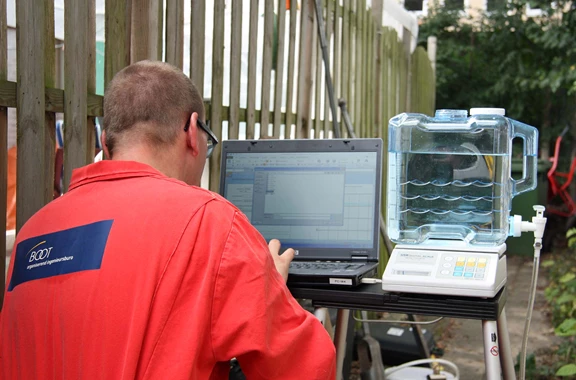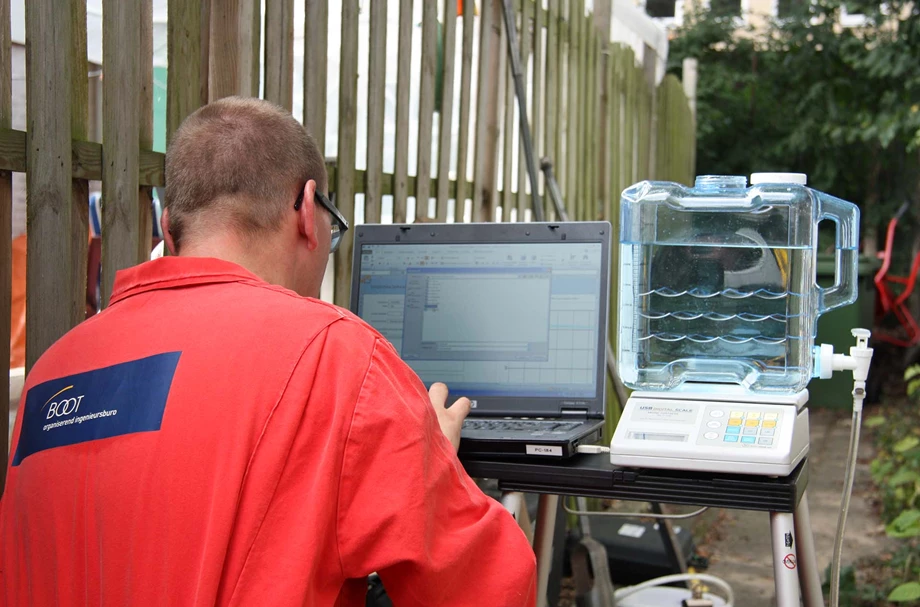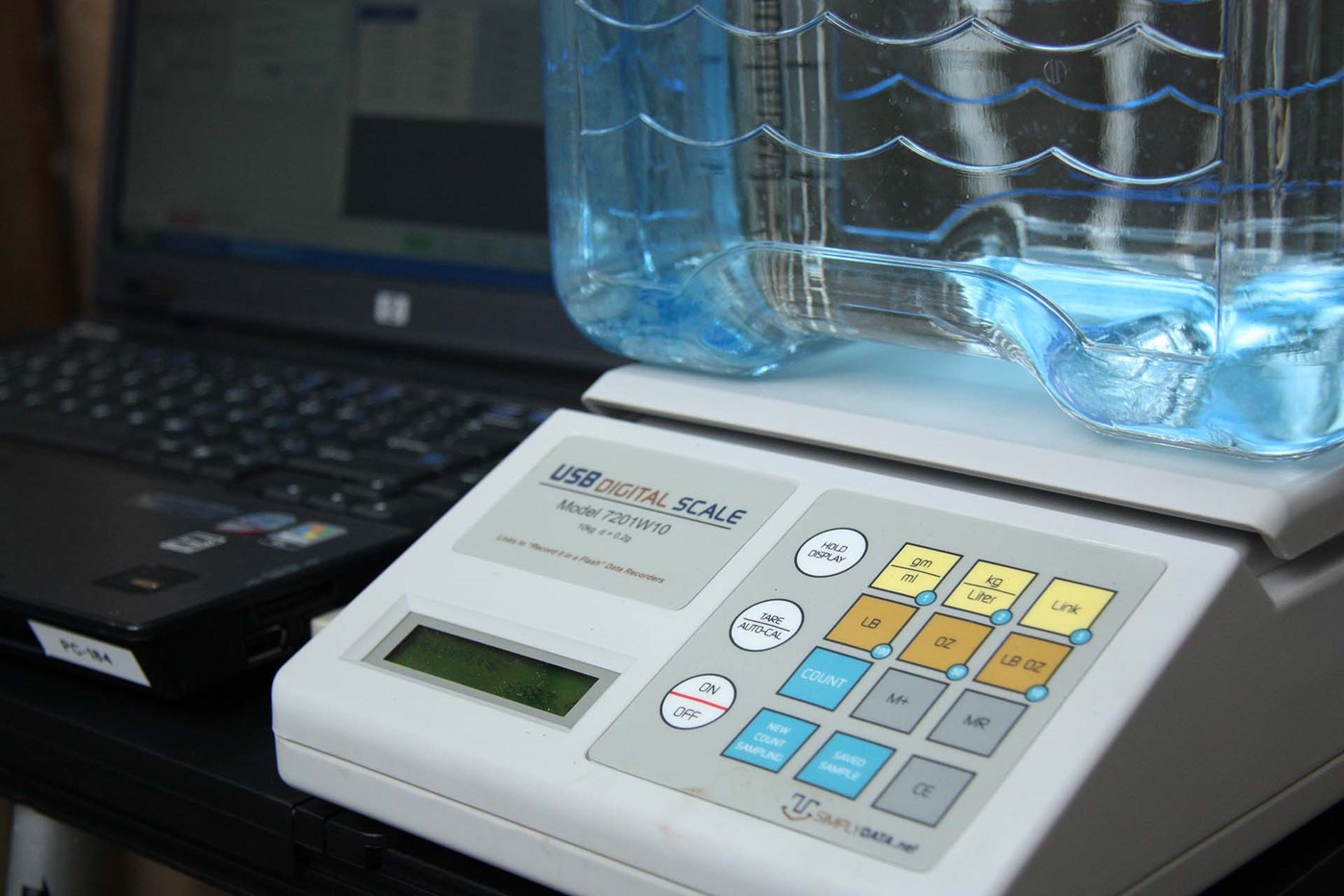


BOOT is an all-round engineering firm with specializations in civil engineering, environmental engineering, asbestos and geodesy. When Bart Jansen, project manager at BOOT, started his work at the engineering firm in early 2013, all important information about water permeability was still obtained through the laboratory. Based on the grain size distribution, they determined the so-called k-value, an important indicator of water permeability. However, time is lost when sending it to the laboratory. Precious time. That's why BOOT needed a device that could get the necessary data on the spot. On the advice of Royal Eijkelkamp, the Aardvark Permeameter was chosen.
'Initially, we considered a Ksat in-situ permeameter. However, on the advice of Royal Eijkelkamp, we decided to consider the Aardvark', says Bart Jansen. After internal research, training from Royal Eijkelkamp and some critical questions, it was decided to purchase the Aardvark. 'Actually, the principle of the Aardvark is too simple for words. That you determine by weight how much water flows out. We could have thought of this ourselves.'
Jansen is very satisfied with the instrument. He lists several advantages:
All you do is pre-set the parameters and then the device calculates the desired data for you. There are no errors due to misreading because of air bubbles.

'We want to use the Aardvark in areas to be newly developed as well as in redevelopment areas. In the case of new development areas, we are mainly dealing with areas that are more hilly, such as Rhenen and Wageningen. The most suitable places have already been chosen for housing in the past. The locations that remain are naturally less suitable; they have poor terrain or a groundwater level that is too high. At redevelopment locations, you mainly have to deal with the disconnection of rainwater from the sewer. In order to develop these locations, it is important to explore the possibilities for infiltrating rainwater.'
Water permeability is very important in both types of plan areas. Therefore, you want to know this as accurately as possible by measuring in the field. That is exactly where the opportunities lie to use the Aardvark.

'The only thing you need to know in advance is at what depth you want to infiltrate and then you can get started', says BOOT environmental scientist Erik Janssen. 'However, with a very porous soil, it can happen that the reservoir is empty quickly. The water then flows quickly into the soil, so that only one or two measurements can be taken with a reservoir. Ideally you should do three, four or five. The wind can also be a disruptive factor. A strong crosswind can have an effect on the measurement. In such a situation we put the Aardvark in our fieldwork bus. Besides these small considerations, we are very satisfied', says an enthusiastic Jansen. 'With this device, we as BOOT have brought in a piece of innovation that will allow us to continue in the coming years.'
In the meantime, BOOT has deployed the Aardvark in various projects. One of these is an in-situ infiltration study in Wageningen.
Bart Jansen: 'In this project, part of the current homes will be demolished and rebuilt. The public space will also be changed. Rainwater will be allowed to infiltrate under various parking spaces. Because the groundwater level and groundwater level in the plan area are quite diverse, the client wishes tailor-made advice with regard to the dimensioning of underground infiltration facilities.'
Based on the urban development plan, BOOT is carrying out infiltration tests for each future parking space to determine the k-value. 'The Aardvark measures the k-value for each desired soil layer. A big advantage is that we can decide to perform an extra measurement in the field.' Based on the k-values, BOOT gives advice on infiltration in the plan area. In addition, BOOT is involved in carrying out all necessary environmental studies in the plan area.

Need advice choosing the right product for your application? Our specialist Sandra is happy to help.